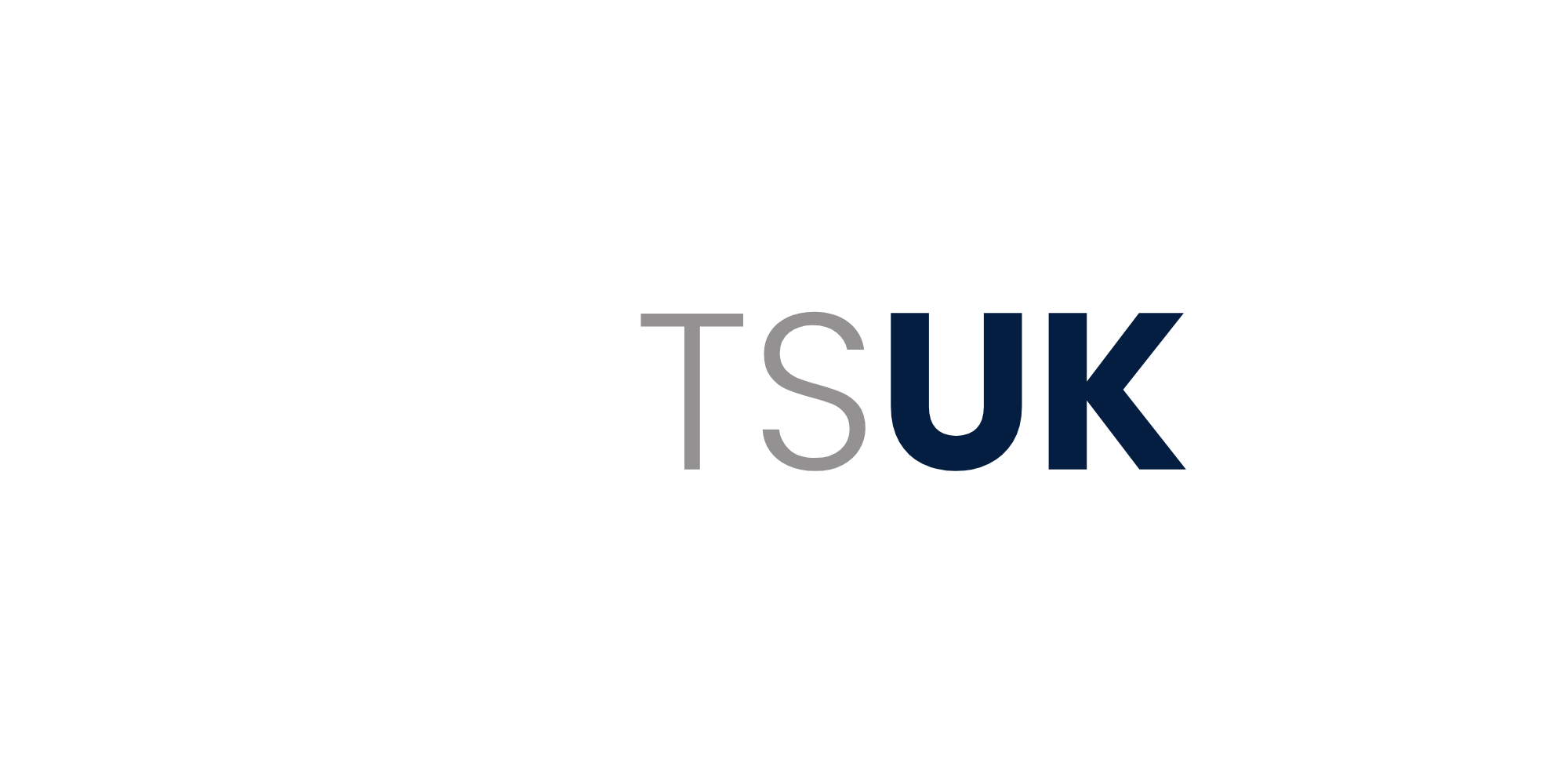RFID in Healthcare: Transforming Patient Safety and Equipment Management
In the complex environment of modern healthcare facilities, RFID technology has emerged as a crucial tool for enhancing patient safety and optimising equipment tracking. Recent implementations across major NHS trusts have demonstrated remarkable improvements in care delivery, asset utilisation, and operational efficiency.
The Current Healthcare Landscape
Healthcare providers face mounting pressure to deliver superior patient care while managing costs and maintaining regulatory compliance. The NHS alone reports annual losses of £350 million due to misplaced or stolen equipment, while medical errors related to patient identification cost the system over £2 billion annually. Against this backdrop, RFID technology offers a powerful solution to these persistent challenges.
Enhancing Patient Safety Through RFID
Patient safety remains the paramount concern in healthcare settings. At St. Thomas' Hospital in London, the implementation of RFID wristbands has virtually eliminated patient identification errors in medication administration. The system, which cost £1.2 million to implement across their 1,200-bed facility, reduced medication errors by 87% in its first year of operation.
The technology goes beyond simple identification. When integrated with electronic health records, RFID enables real-time tracking of patient location, movement, and treatment history. This capability proved particularly valuable during the COVID-19 pandemic, where contact tracing became essential. Guy's Hospital used their RFID system to reduce exposure incidents by 62% through automated contact tracking and immediate notification protocols.
Equipment Tracking and Utilisation
Medical equipment tracking represents another crucial application of RFID in healthcare settings. The Leeds Teaching Hospitals NHS Trust implemented an RFID asset tracking system across their six hospitals, targeting 35,000 mobile medical devices. The results were remarkable: equipment utilisation improved by 40%, while time spent searching for devices decreased by 73%.
The system pays particular attention to high-value assets like infusion pumps, ventilators, and diagnostic equipment. Each device carries an RFID tag that transmits location data and usage statistics. This real-time visibility enables predictive maintenance, optimised distribution, and improved infection control through automated cleaning verification.
Cost-Effectiveness and ROI
While the initial investment in RFID technology may seem substantial, the return on investment typically materialises within 18-24 months. The University College London Hospitals NHS Foundation Trust reported savings of £3.2 million annually following their £2.1 million RFID implementation, primarily through reduced equipment loss and improved asset utilisation.
Beyond direct cost savings, RFID systems generate significant operational efficiencies. Automated inventory management reduces staff time spent on manual counts by 82%, allowing healthcare professionals to focus more on patient care. Additionally, improved equipment availability has reduced procedure delays by 54%, contributing to better patient outcomes and satisfaction.
Infection Control and Safety Compliance
In the post-pandemic healthcare environment, infection control has taken on renewed importance. RFID technology plays a crucial role in maintaining safety protocols through automated monitoring of hand hygiene compliance, equipment sterilisation tracking, and temperature monitoring for sensitive materials.
The Royal Free London NHS Foundation Trust implemented RFID-based hand hygiene monitoring, resulting in a 40% improvement in compliance rates and a corresponding 28% reduction in healthcare-associated infections. The system provides real-time feedback and detailed analytics, enabling targeted interventions and training.
Future Developments and Integration
As healthcare continues to digitise, RFID technology is evolving to meet new challenges. Integration with artificial intelligence and machine learning enables predictive analytics for equipment maintenance and patient flow optimisation. Emerging applications include smart cabinets for medication management, automated surgical instrument tracking, and enhanced supply chain visibility.
The NHS Digital Transformation Strategy identifies RFID as a key technology for achieving its goals of improved patient care and operational efficiency. Planned investments of £4.5 billion over the next five years will support wider adoption of RFID solutions across the healthcare system.
Implementation Considerations
Successful RFID implementation requires careful planning and consideration of several key factors. Privacy and data security must be prioritised, with robust encryption and access controls protecting sensitive patient information. Staff training and change management are equally crucial, ensuring that healthcare professionals can effectively utilise the new technology.
Conclusion
RFID technology has proven its value in healthcare settings, delivering meaningful improvements in patient safety, equipment management, and operational efficiency. As the technology continues to evolve and costs decrease, wider adoption across healthcare facilities seems inevitable. The evidence from existing implementations suggests that RFID represents not just a technological upgrade, but a fundamental transformation in how healthcare services are delivered and managed.
References
- NHS Digital. (2024). "Technology in Healthcare Annual Report"
- British Medical Journal. (2023). "RFID Implementation in NHS Trusts"
- Healthcare Technology Management Association. (2024). "Asset Management in Healthcare"
- Royal College of Nursing. (2023). "Patient Safety Technologies Review"
- Department of Health and Social Care. (2024). "Digital Transformation Strategy"


Comments